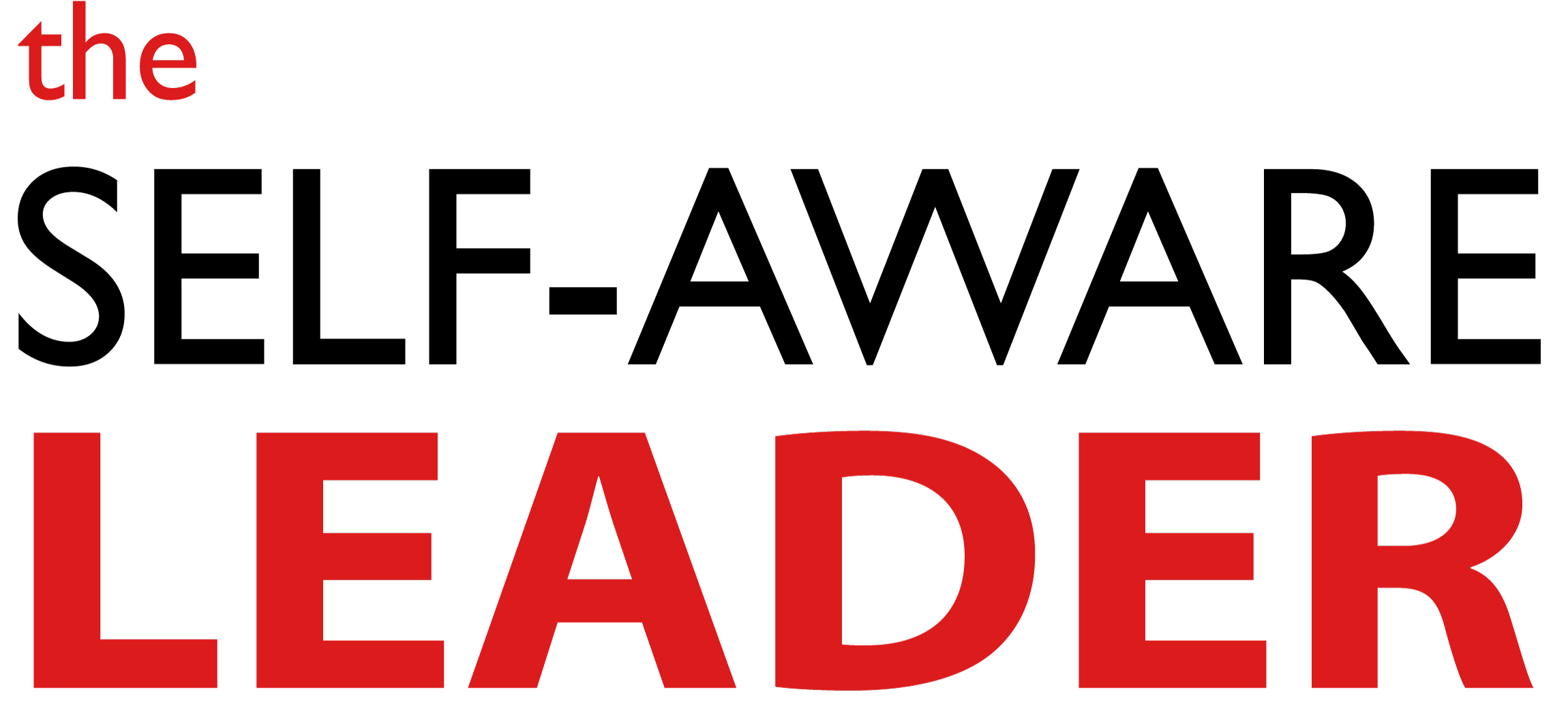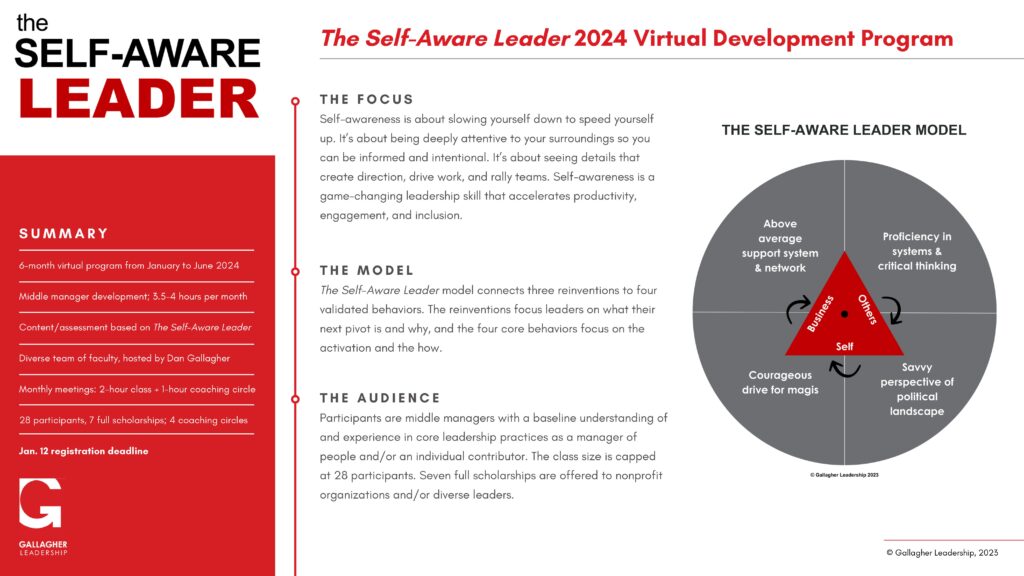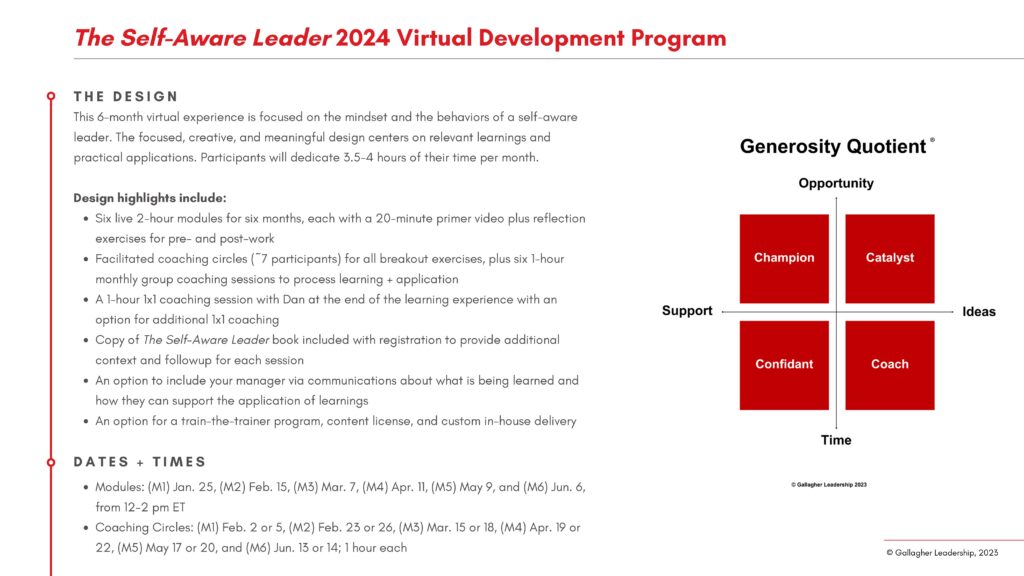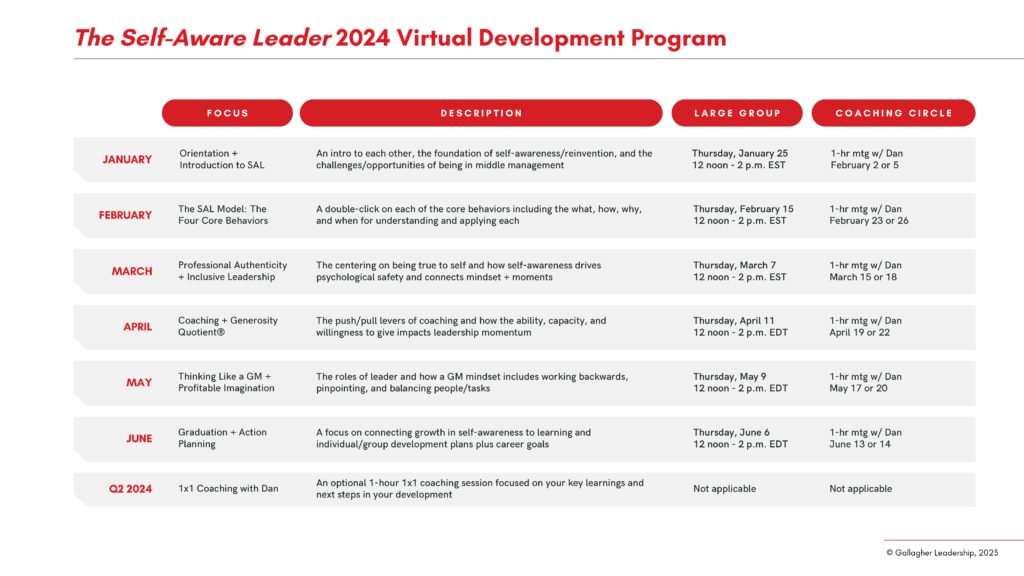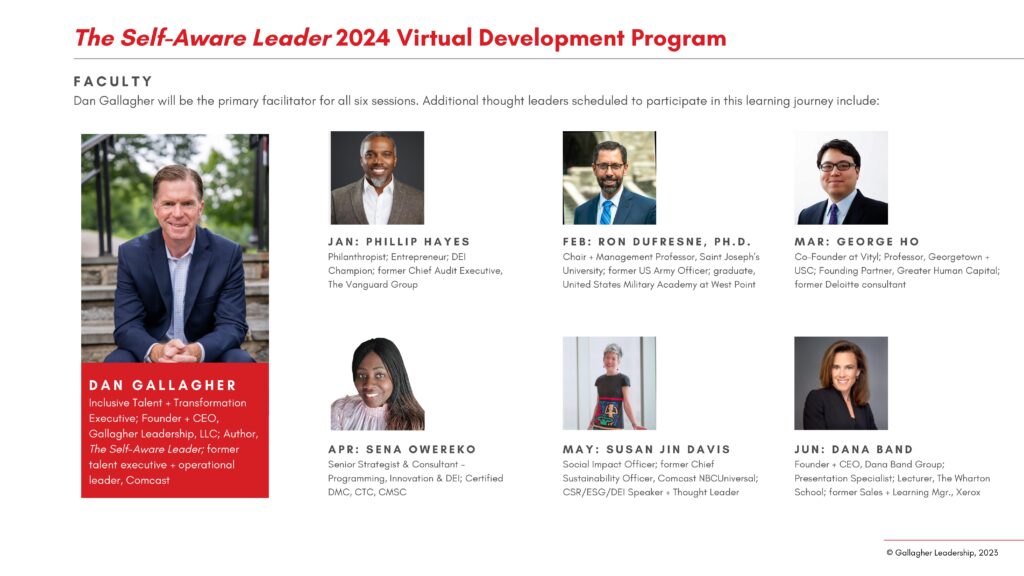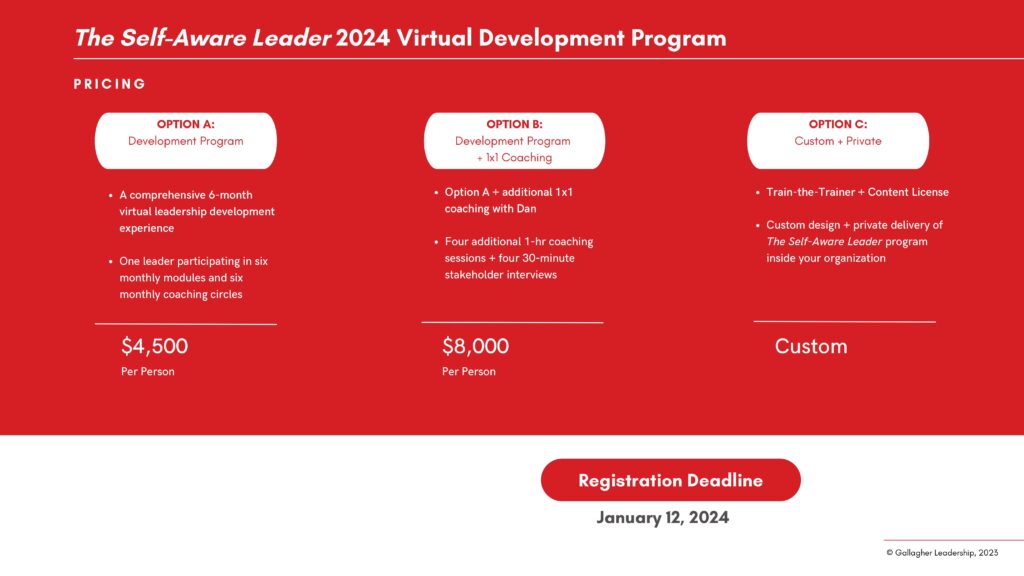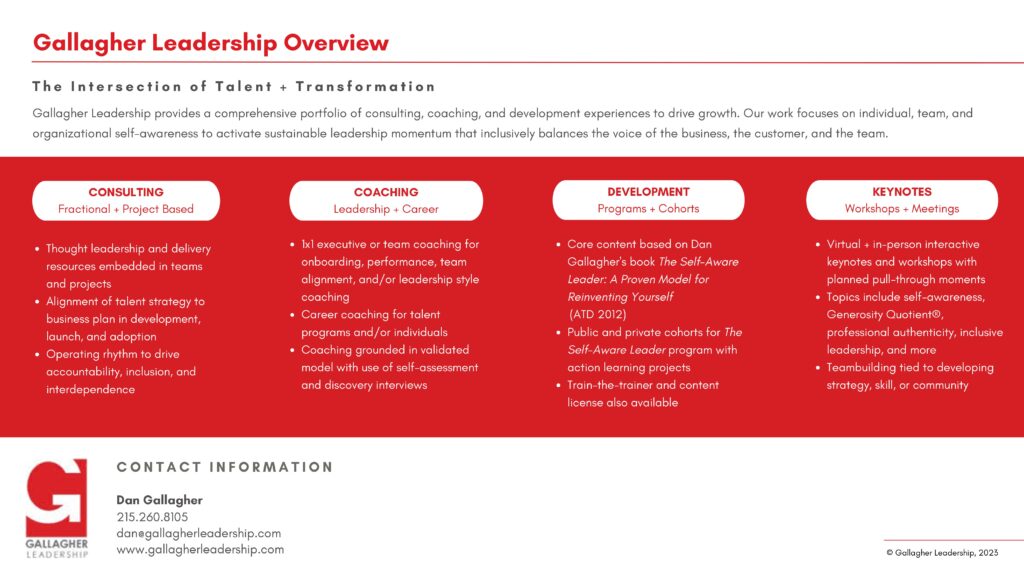Scaling businesses requires leaders to distribute work across a broader base of people. The definition of management is getting work done through others. The challenge is the relationship between scaling and control. Too many leaders view control via extremes: either full or no control.
The power of scaling comes from giving up control to get control.
Scaling is about rallying large groups of people in concert. If you build a hub and spoke model around you where you are the center of moving work forward, you will run out of capacity and become a blocker. This will slow progress and crush trust.
Leaders who do not effectively leverage their teams to get work done are maximizing their value as an individual contributor rather than scaling their value as a leader of a team.
To help leaders understand the relationship between delegation and control, I use a model that segments delegation into four progressive tiers. Each tier shares a bit more control with a teammate, so it is important for the leader to be intentional about what level of control they want to maintain when delegating.
Tier 1: Prescriptive. The leader keeps all power and control and tells the teammate exactly what to do. They delegate doing. Often this is in writing to prevent miscommunication. The teammate learns by doing, and the experience prepares them for more control in the future.
Tier 2: Exploratory. The leader asks the teammate to research the work and propose next steps before completing any work. This creates confidence for both parties, and it minimizes possible rework. The teammate learns by proposing, and yet they are kept safe via checks and balances.
Tier 3: Adaptive. The teammate owns all simple decisions but checks in with the leader in moments when they hesitate. This empowers the teammate until uncertainty happens. Then they defer to the leader. The teammate learns how to move work forward and escalate in moments of pause.
Tier 4: Empowering. Here the leader delegates full control so that the teammate owns all decisions. The leader having the back of the teammate and all their decisions is core to making this approach successful. The teammate learns how to own the full body of work and see their leader support them.
Leadership is not all or nothing. It is about adjusting and learning. The most important asset leaders have is their time. Nothing shows trust more significantly than what a leader will depend on others to do. This model creates a more cost-effective pathway to both grow trust and better use time.
The output may not be exactly as if the leader had done the work themselves, and that is something the leader must embrace. That’s the decision a leader has almost every day: how do I create more value for this organization and help this team to grow? Am I getting work done through others?
Growth demands reinvention! Lean into being more self-aware by reflecting on how you can get more work done through others.
